Diving In Nusa Penida at the Toyapakeh and Sental Dive Sites, Indonesia



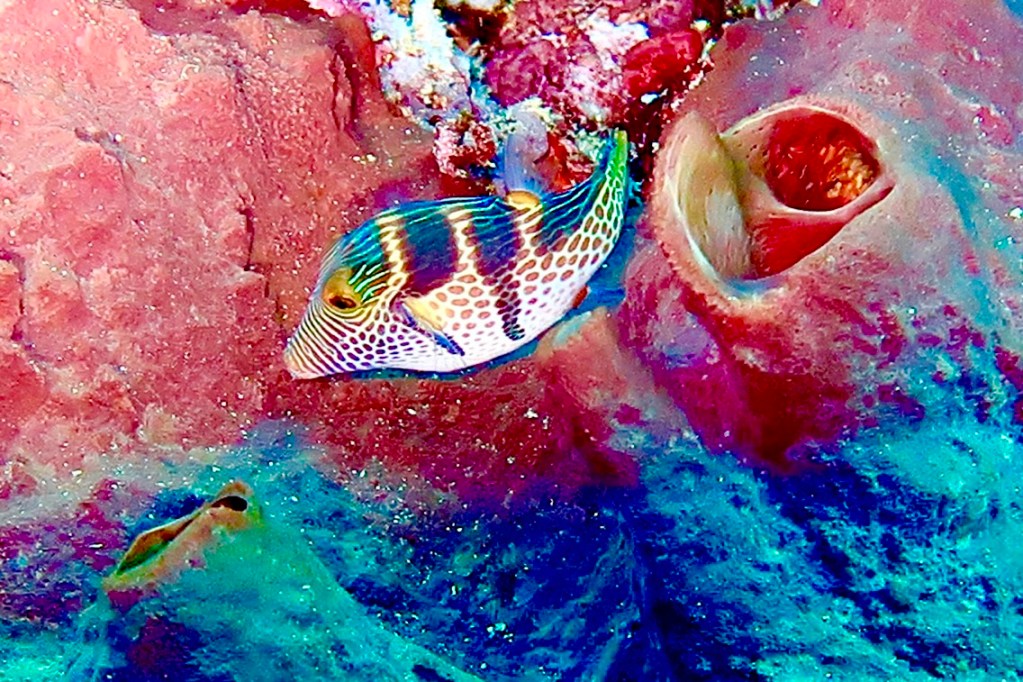

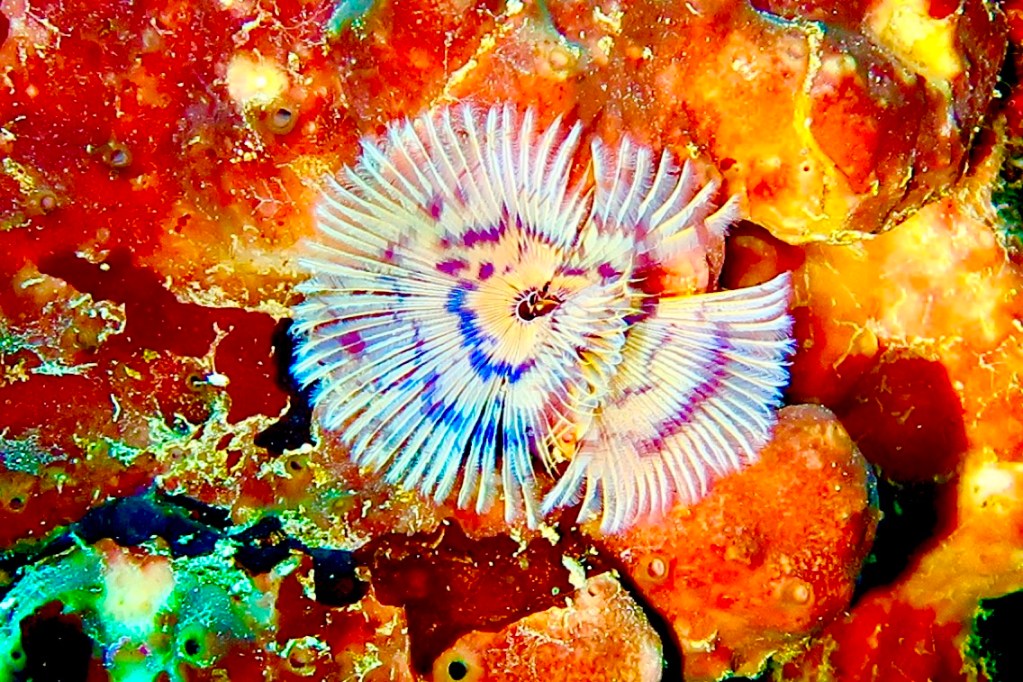
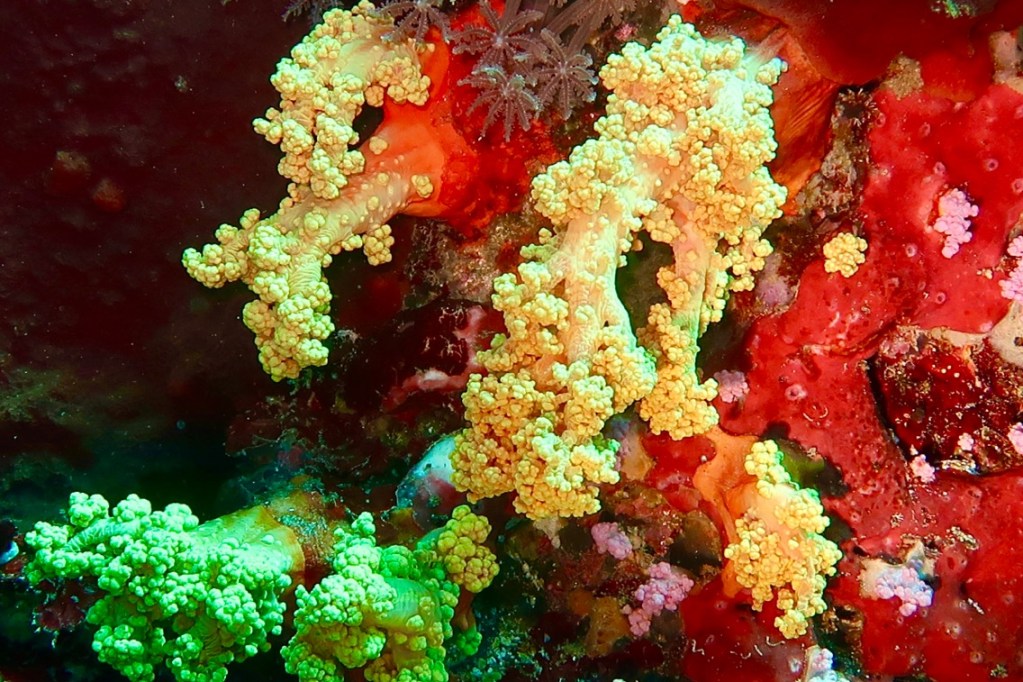

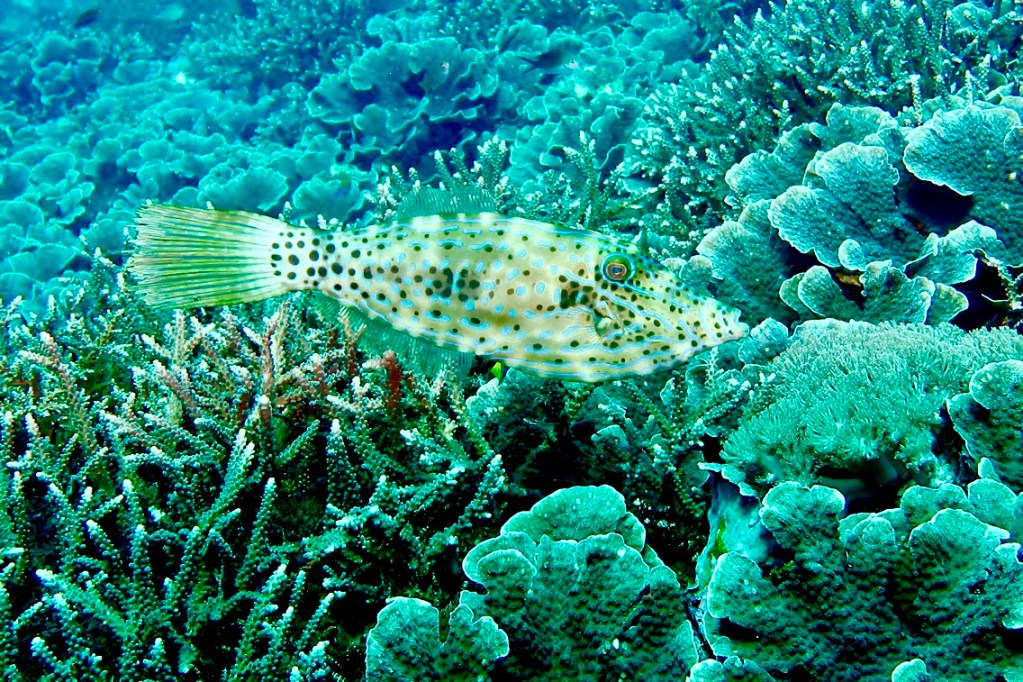
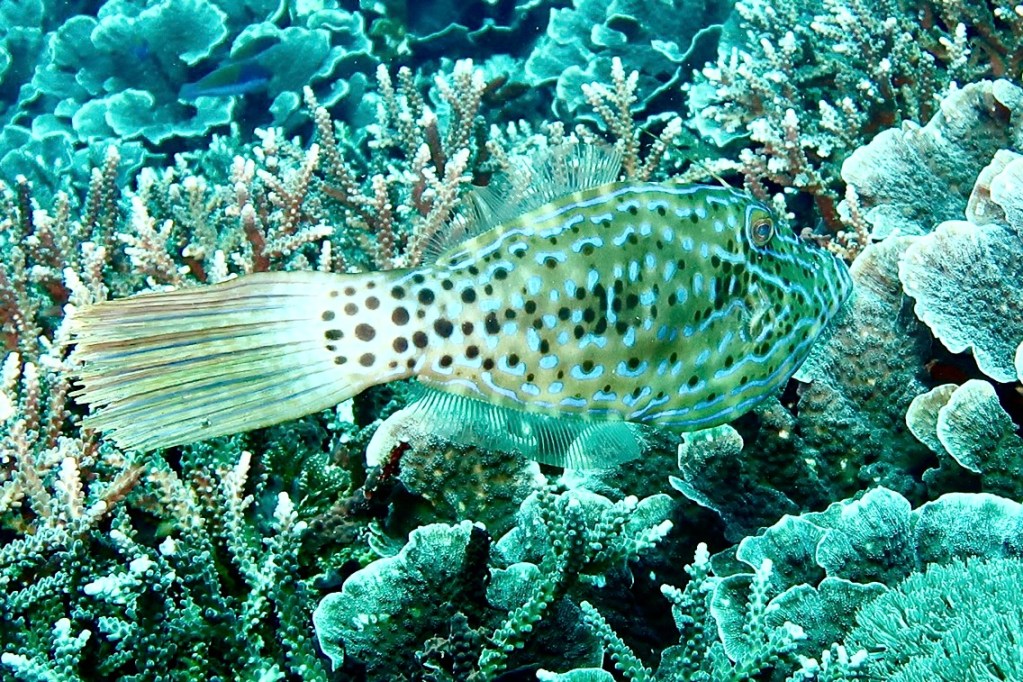











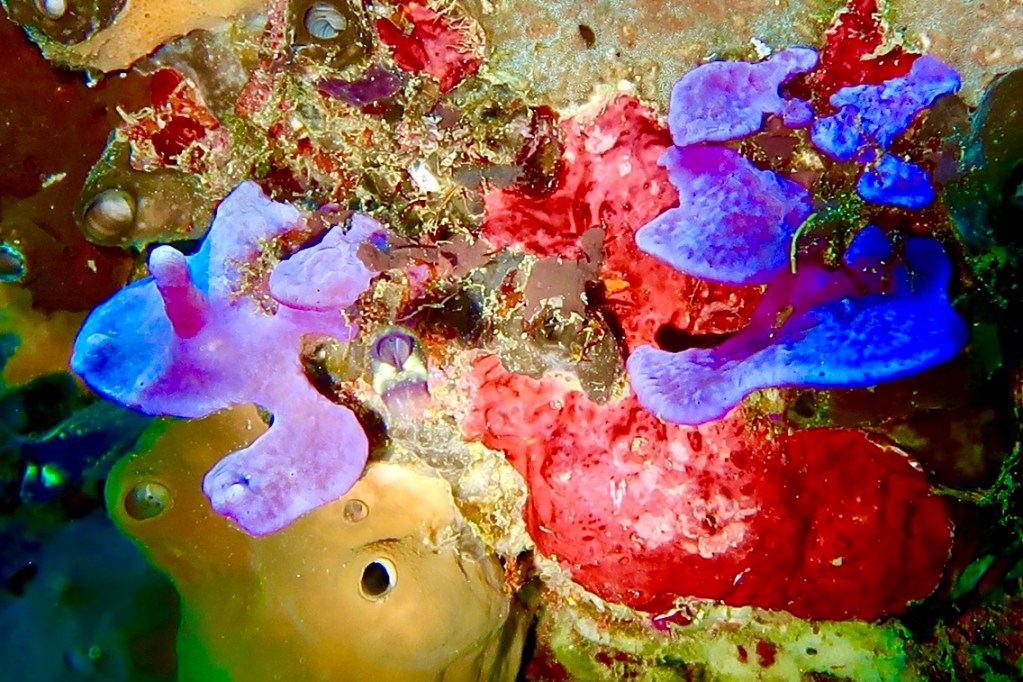





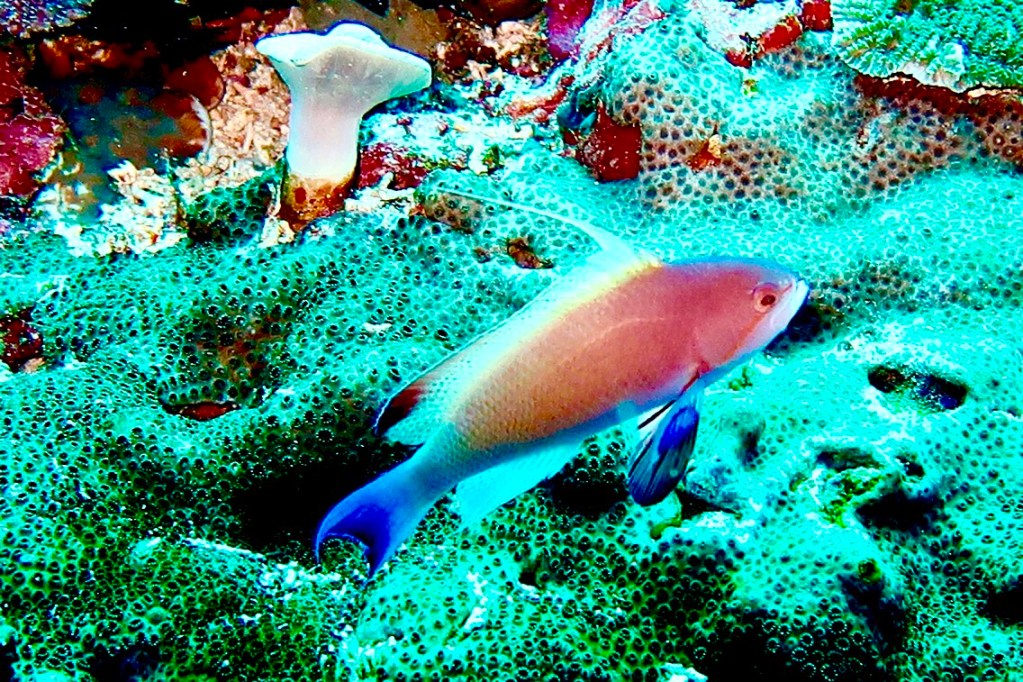



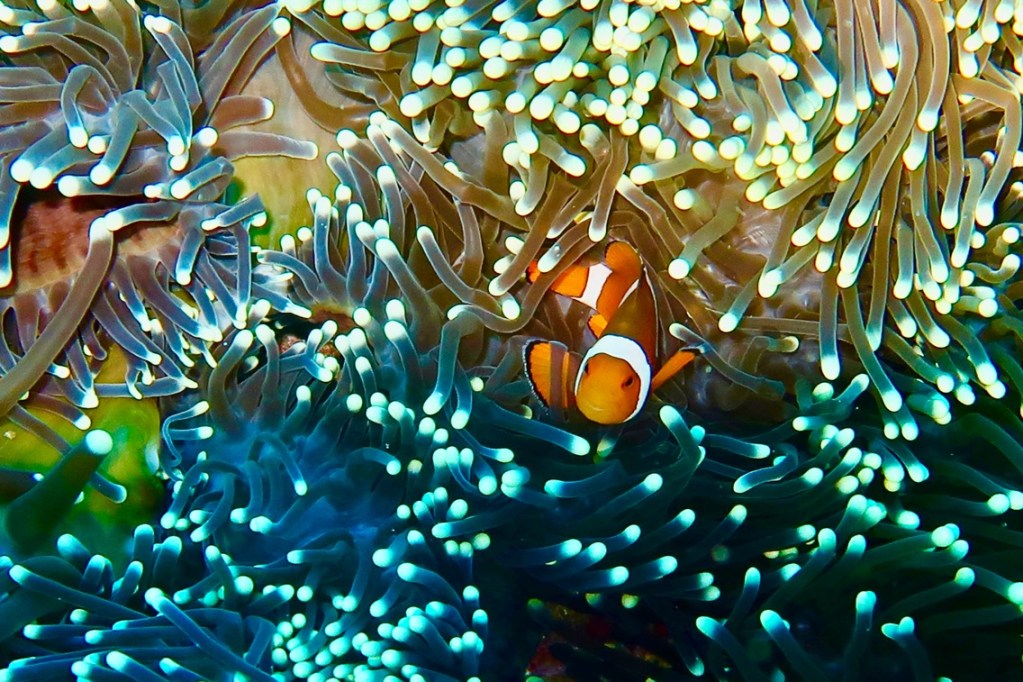



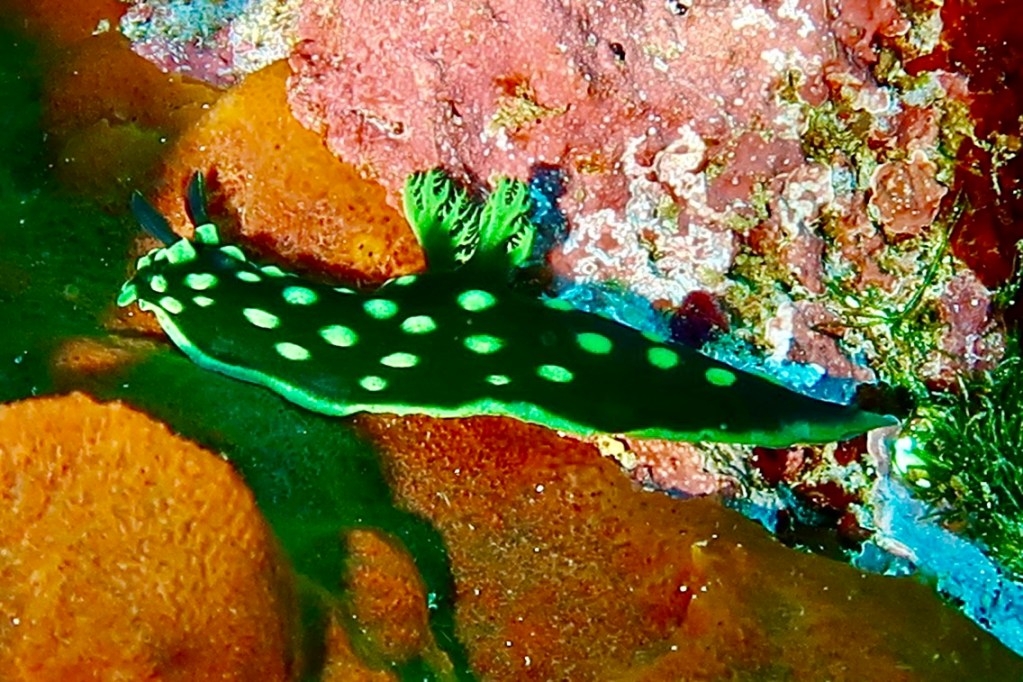




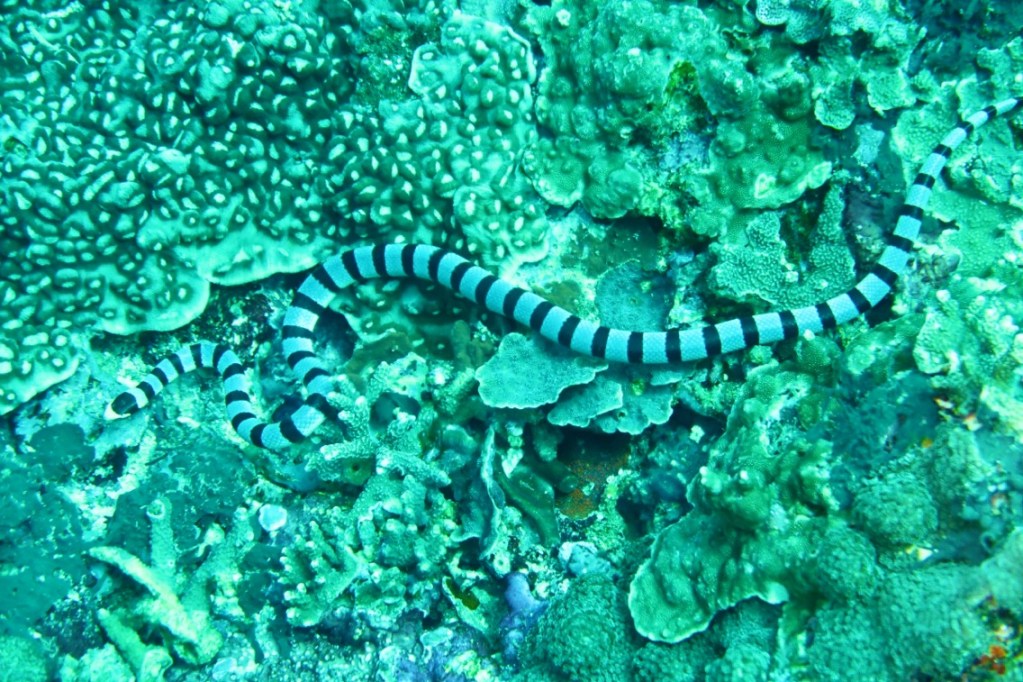




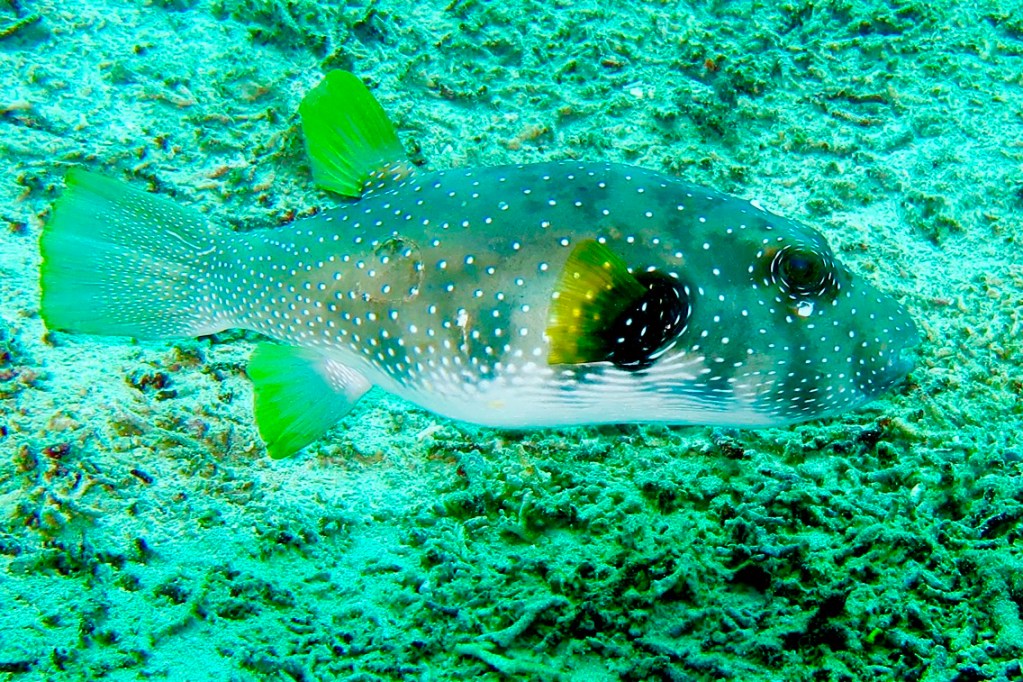


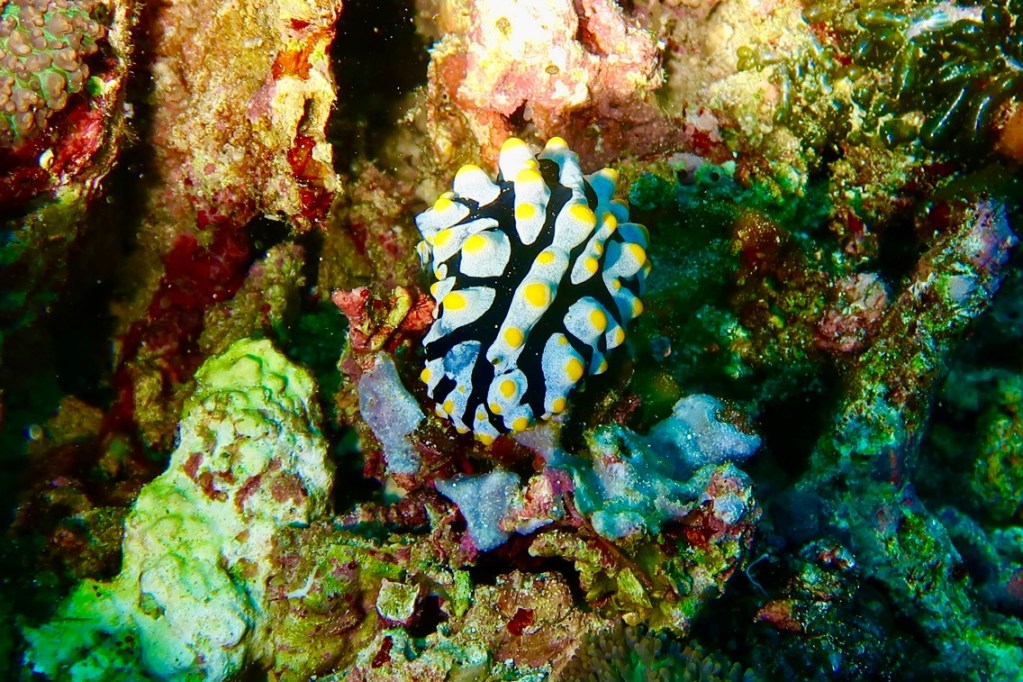
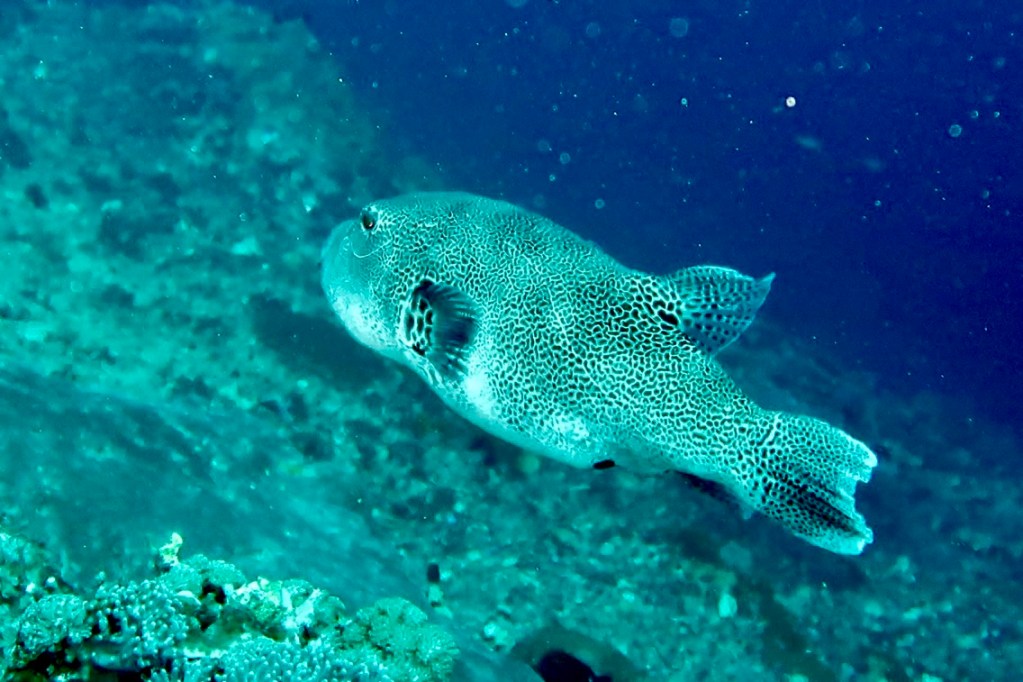

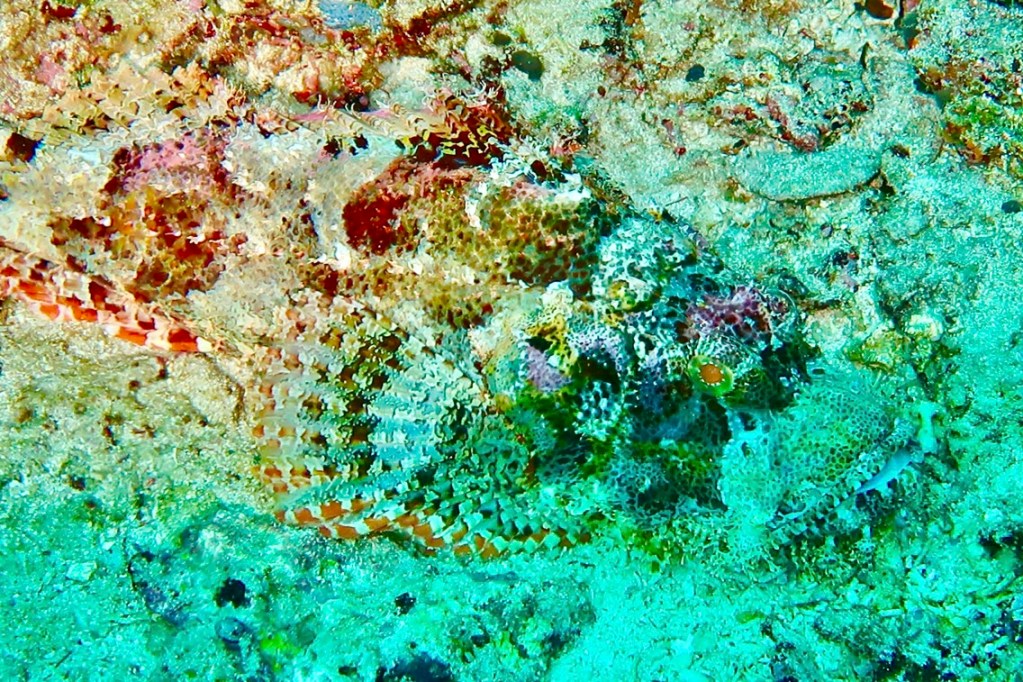



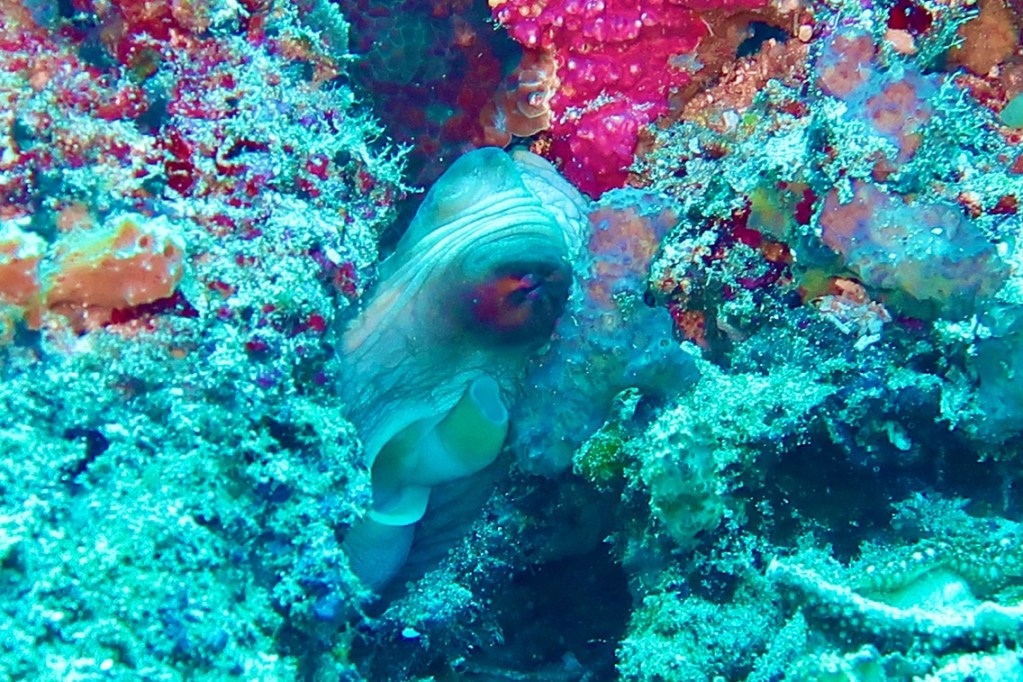




Diving In Nusa Penida at the Toyapakeh and Sental Dive Sites, Indonesia
The dive sites around Nusa Penida are visited by both snorkelers and divers.
Many small shops and vendors sell inexpensive snorkeling trips that include mask and fins rental, drinking water and a snack of fresh fruit.
This means that in the high season, the dive sites are pretty crowded with divers and snorkelers, all trying to enjoy the beautiful reef.
The Sental dive site is named after the village of Sental (one of many small villages on this island), and it is located just in front of Sental village.
It is a long, sloping coral reef.
The visibility was good, the current was medium and the ocean was blue in color.
When there are lots of nutrients in the water like plankton, the ocean water appears to be greenish.
Onshore, many locals, all wearing white, had gathered to celebrate a biennial festival dedicated to the God Brahma.
I was ready to dive with all my equipment on, so while the other divers fussed with their equipment, oblivious to what was happening onshore, I talked to the captain of the boat about this celebration.
Brahma is a Hindu God associated with creation and knowledge.
Brahma, the God of Creation, or the Creator of the Universe, had lost His popularity by the 7th century to the gods Vishnu, Shiva and Devi.
Brahma is commonly depicted as a red or golden bearded man, with four heads and hands.
His four heads represent the four Vedas, and each head points in one of the four cardinal directions.
He is seated on a lotus and is carried on a swan, goose or a crane.
We did not spot any Mola Mola sunfish or any other big fish, but there were lots of beautiful live coral and small colorful creatures to enjoy, including a turtle or two, a hiding octopus, lobsters, shrimps, eels, and nudibranches.
The second dive site was called Toyapakeh, meaning “Salt Water.”
Located near the cliffs in Nusa Penida, this is a nice coral reef that is popular with snorkelers and leisure boats.
A big rental yacht was in the water, and three burly men put down their champagne bottles and got on their jet skis.
They tore through the water, zooming back and forth, completely oblivious to the fact that snorkeler’s heads were bobbing in and out of the water and that divers were coming up to the surface from the depths.
Their yacht had a heart shaped inflatable small pool at the back, and three ladies of the night, wearing thongs, were dancing drunkenly twirling their silicon breasts.
Our two dive masters yelled at the three men on jet-skis, asking them to ride deeper into the ocean to avoid running over the divers, but they did not seem to understand much English.
Bali attracts all sorts of tourists.
Some come for the beauty of the island and the warmth of the people and the traditions.
Others come to do yoga courses or become yoga instructors.
Some come to learn to become raw vegan chefs, or take all sorts of personal evolution classes and other spiritual courses.
Most of these offerings are available primarily in Ubud.
Those who come to the beaches tend to be the more hedonistic type, searching for all sorts of pleasure, at lower prices.
This is my last dive in Nusa Penida.
I said goodbye to the beautiful family I have under the sea, as I emerged from my dive.
I gave thanks for our beautiful world, for being able to enjoy the sun and the sea, for being alive and active.
I did not see a Mola Mola during my dives here, but I did enjoy the island very much.
Sending you lots of love,
Tali